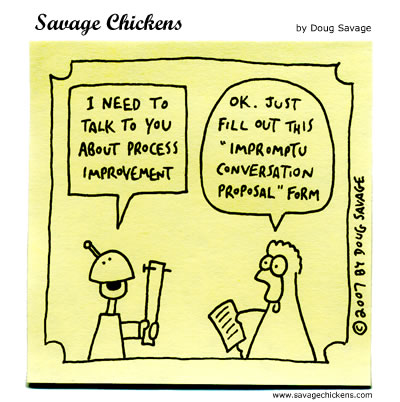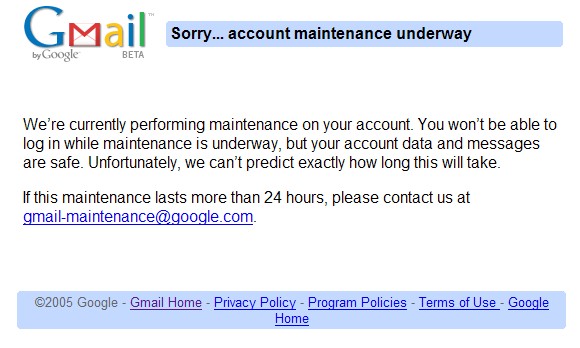Okay, I (heart) one geek in particular, who builds HD OTA antennas out of teaspoons and tape measures, and discusses λ/2 with me as if I remember anything from those long-ago electronics courses. Given the chance to review I Love Geeks: The Official Handbook, I couldn’t resist — although I am very geeky myself, I’m a software geek, and sometimes the mindset of my in-house electrical engineer remains opaque to me. And Friday of a crushingly busy work week seemed a good time for a break for myself and my readers.
The first chapter discusses the evolution of geeks, how the terms “geek” and “nerd” have become mostly interchangeable (not sure that I agree with that — I’m a self-declared geek but would bristle at being called a nerd), and even the etymology of the word “nerd”: it was first used by Dr. Seuss in his 1950 book If I Ran the Zoo, although his use doesn’t appear to be related to the current usage. There’s some discussion of the psychology of a developing geek, and some behaviors to expect from them, both the good and the weird.
The next six chapters each focus on a particular variety of geek: gamers, comic book and graphic novel, manga and anime, film and television, sports, and science fiction and fantasy. Each chapter is a great introduction to that world, giving you a quick background and some key facts: a valuable reference if you want to get into it yourself, or just not sound too clued out when you ask about it.
Some of these — film and television, sports — definitely don’t fall into my definition of geekdom, which has a much more technical direction that the author’s view. In the final chapter, she explains why she hasn’t address that directly:
Wait, what? We’re done? But… but… what about computers and programming? Biochemistry? Physics” Math You know, the actual building blocks of nerd-dom?
Well, here’s the thing: those interests — or rather, fields of study — aren’t so nerdy anymore. The people who study them, on the other hand, probably are, but it’s a sure bet that their interests fall into one of the categories I’ve examined in this book.
I disagree, and think that the book could have included a chapter on the engineering geek who spends his free time tinkering with electronics, a copy of Make magazine at his side, or learning a new RIA programming language just for fun.
I know that my readership is mostly male and mostly geeky, but this would make a great little gift for that woman in your life you often looks at you with a slight frown, one raised eyebrow, and her hand on the 9-1-1 speed dial button. Or, if you have kids who are into anime or video games and you’d like some insight into their world, there’s a chapter in here for you. It’s due out in January, a little late for Christmas but just in time for Valentine’s Day.
Disclosure: this book was provided to me for free by the publisher, Adams Media, through a great program called Mini Book Expo for Bloggers, which allows bloggers to claim a book in order to receive a review copy, in exchange for writing a public review of the book. All books can be shipped for free to bloggers within Canada, and some now can be shipped to the US.




